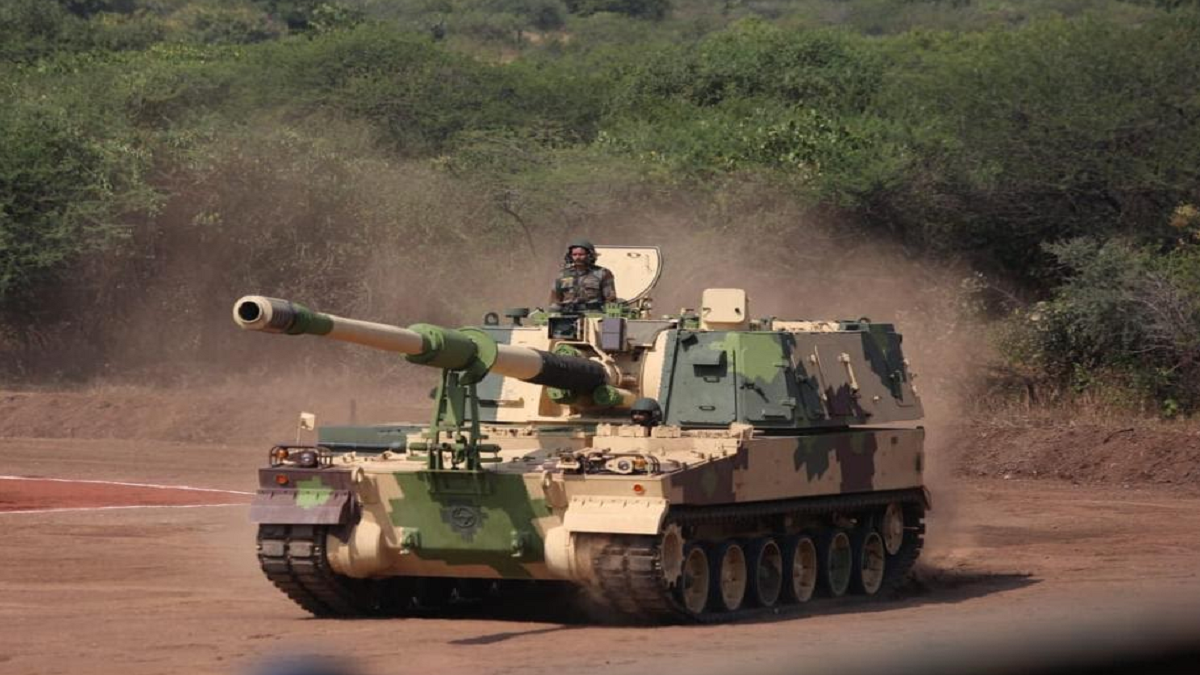With the aim of preparing for tank warfare in the mountainous border region with China, the Indian Army has issued specifications for its future light tank, which has been named “Zorawar.”
The tank has been named after the legendary erstwhile Dogra Army general who led multiple successful victories in Tibet, which is now controlled by the Chinese Army. “To overcome the limitations faced by medium battle tanks and equip the Indian Army for all contingencies in the High Altitude Area (HAA), marginal terrain and island territories besides its utilisation in the plains, semi-deserts and deserts, it is now important to induct light tanks,” sources in the defence establishment who did not want to be named said.
They said in view of the shortcomings in the supply chain faced due to global conflicts like the Ukraine war, it is essential to design and develop the ‘Light Tank’ indigenously for the Indian Army.
The Indian Army had to induct a considerable number of T-72 and T-90 tanks into operational areas, gaining tactical surprise over the adversary and thereby forcing the adversary on the back foot.
However, their tanks were primarily designed for use in plains and desert terrain, and they have limitations when used at high altitudes. They face a similar handicap when employed in the marginal terrain of the Rann of Kutch,” they said.
Sources said the Indian Army has the experience of successfully employing light tanks as force multipliers in all previous battle engagements in the past.
“Stuart Tanks of the 254th Indian Tank Brigade in World War II, at Naushera, Jhangar, Rajauri, and most successfully at Zojila in the Indo-Pak war 1947-48, AMX-13 tanks at Chushul and Bomdila in 1962, AMX-13 tanks at Chammb in 1965, and the amphibious PT-76 light tanks in 1971,” they said.
The sources said that the current threat scenario and the contours of the likely future wars have thrown up new challenges for which the Indian Army has to be prepared.
The equipment profile of tanks in the Indian Army must have the versatility and flexibility of medium and light platforms, they said.
Meanwhile, the Indian Army has procured Swarm Drones from two Indian startup companies.
In addition, the Indian Army has also initiated a Make-II case, Autonomous Surveillance and Armed Drone Swarm (A-SADS), which includes a number of improvements and also a version for High Altitude Areas.
Sources said that procurement is recognition of the Indian Army’s embrace of emerging and disruptive technologies to transform itself from a manpower-intensive force to a technology-enabled force to meet future security challenges.























